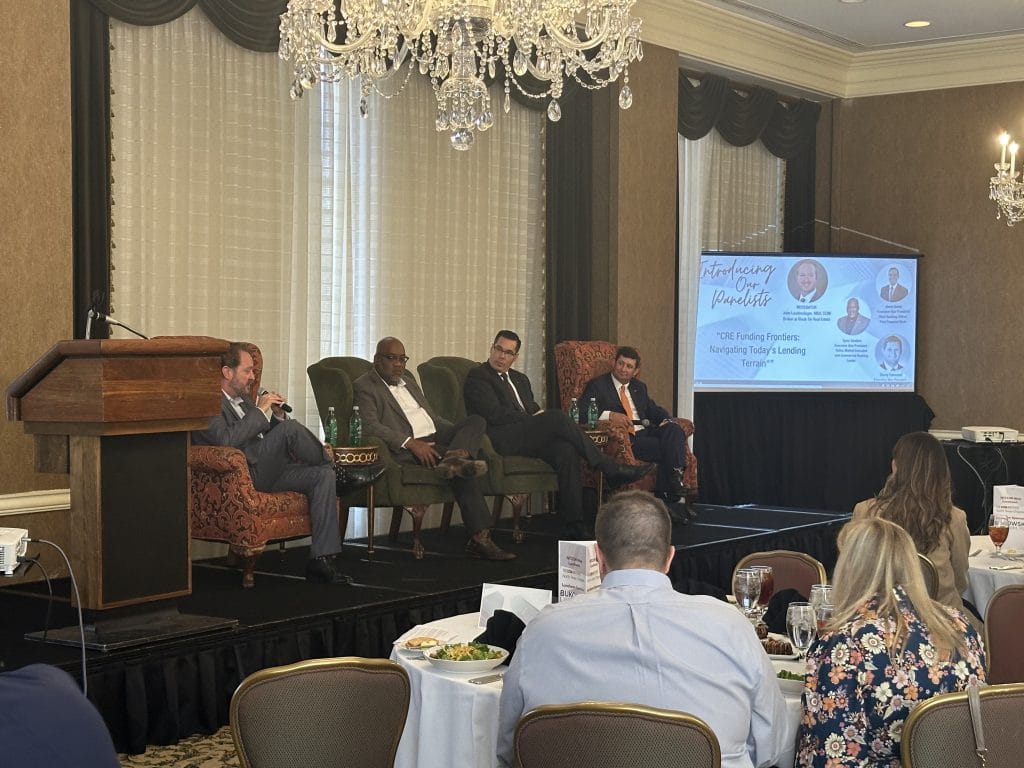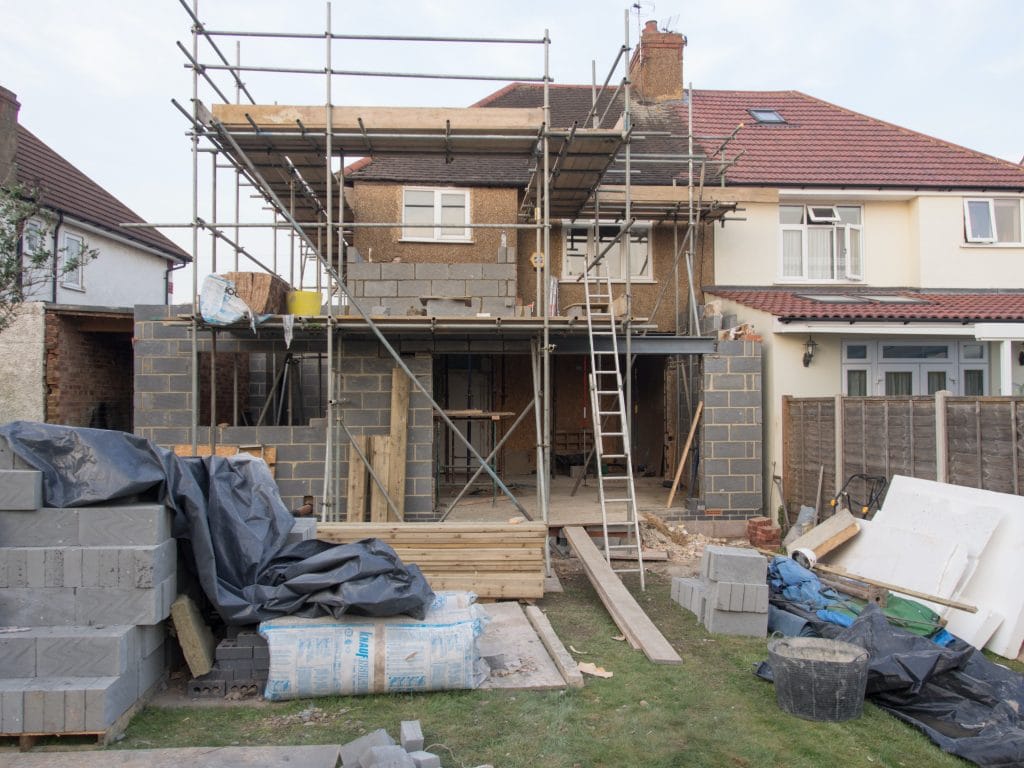Is the Future Full of Sharing?
- The last few years have been difficult on not just traditional office space, but office share also.
- But with downsizing and remote work, office shares may be an ideal, flexible option for many companies.
- And that may provide real estate investors and opportunity on which to capitalize.
We know the office market is in major turmoil. We have talked about that a lot both in this blog and on the streets. And in all my conversations, I have found that – while everyone has an opinion (including me), nobody really knows where office is headed. But lately I have been talking with a lot of folks about office share. We all remember the dramatic fall of WeWork, the once-high-flying office share giant. Its 2023 bankruptcy filing sent shockwaves through the industry, leaving many wondering about the future of collaborative workspaces. Well they are now about to emerge from that bankruptcy. And, of course, they are not the only game in town.
So what does that mean for the future of office share? Lets talk about it.
Look to the Past to See the Future
Before we talk about the future, it makes sense to look back a little bit. WeWork seemed like it was the model for office sharing. So what happened to it?
WeWork’s ambitions were as big as Texas itself, but its foundation wasn’t as sturdy. Its focus on rapid expansion over profitability proved unsustainable. It never made any money and its path to profitability was not clear. It took on a lot of large debt to expand its real estate. And then COVID hit and work from home hurt WeWork a lot as it had long, expensive leases but nobody was coming to the office. But, WeWork is about to emerge from bankruptcy and could be back to be a major player in the office share market. And, of course, WeWork is not the only player in the game.
Here in Texas, there are still several office share providers, from established players like Regus and Common Desk to innovative startups catering to specific industries. These companies can offer a great alternative to traditional office space – focusing on flexibility, affordability, and fostering a sense of community. But is that what people want now?
Work From Home: Boon or Bust for Office Share?
Look, the rise of remote work is undeniable, especially in the wake of the pandemic. Here in Texas, many companies have embraced a hybrid model, allowing employees to split their time between home and the office. This has definitely hurt the office market. But what about office share?
Working from your kitchen table gets old fast. Coffee shops are noisy, and home distractions abound. Office share offers a professional environment for those who crave structure and separation. Plus, it fosters collaboration and networking – things that can be hard to come by in the virtual world. Of course, this argument is the same for traditional office. And we know how that is doing.
On top of this, of course, companies are downsizing right now – especially in the tech industry. And that also affects the demand for office space. But the uncertainty may motivate companies to forego traditional, multi-year leases on sprawling offices, and instead turn to flexible office share solutions. This allows them to scale their workspace up or down as needed, saving money while maintaining a professional presence.
The Opportunity in the Office Share Market
So, what’s the future hold for office share in Texas? Ultimately, I am just spit-balling here. But through an educated guess it does not seem all doom and gloom. The market is evolving, adapting to the changing needs of businesses and workers. Here’s what I think we can expect:
- A focus on flexibility: Expect short-term leases, hot desking options, and the ability to scale workspace according to needs.
- Community-driven spaces: Look for office share providers that offer events, networking opportunities, and build a sense of belonging.
- Tech-enabled experiences: Expect seamless booking systems, mobile apps for access control, and integrated office management tools.
- Industry-specific spaces: We might see office share providers cater to specific industries like tech startups,healthcare companies, or creative agencies.
The office share market in Texas might have hit a few bumps in the road, but it is not going away. By offering flexibility, fostering community, and adapting to the changing work landscape, Texas office share providers are poised to thrive. So, if you’re looking for a professional workspace that reflects the Texas spirit, keep an eye out for innovative office share solutions that’ll help your business grow and connect.



